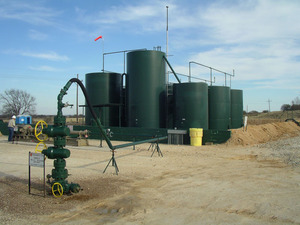Outer space is a fantasy world for young children. However, as they develop into young scientists the universe remains an exciting and mysterious realm that is full of possibilities. If you are a student who is thinking about entering a science fair or a science competition then consider developing a space science fair project.
Earth vs. Space Science Fair Project
One option that you have for a space science fair project is to develop an earth vs. space science fair project. This project will look at how materials on earth are used to explain materials and properties found in outer space. It will particularly look at the compounds found on earth.
HYPOTHESIS: The concentration of elements on Earth is representative for the concentration of elements in the universe.
EXPERIMENT: To test this hypothesis you will need to devise a method for collecting data on the concentration of elements on Earth, as well as collecting data on the concentration of elements in the universe. Obviously you will be relying a lot on pre-existing data. The NASA website and science websites will be invaluable during your research. You can also collect rock samples and asteroid samples. You can then crush these materials and identify elements found in each. You can then compare the ratios of various elements in each one.
DATA: The data that you collect will need to be organized in charts. One chart will be for your Earth samples and one for your outer space samples. The analysis of your data will be based on the ratios of elements found in each sample. You will then need to explain any differences that you find or any similarities that you find.
Constellation Position Science Fair Projects
Another option that you have for a space science fair project is to examine the position of constellations in the night sky. For this experiment you will need to get permission to make night observations, you will need to identify at least one constellation to chart and you will need several months to one year to make your observations.
HYPOTHESIS: The position of a constellation in the night sky can be used to determine what week of the year you are in.
EXPERIMENT: To test this hypothesis you will be making observations about the position of one or two constellations that are easily observed from your home. You will need to measure their position in the night sky at the same time each night. You will need to make one observation each week, on the same day of the week, for an entire calendar year.
DATA: The data that you collect will need to be put into a chart or spreadsheet. You will then try to determine if there is a formula that can be used that will predict the position in the night sky of the constellation during a specific week of the year. You will then need to explain your results.


